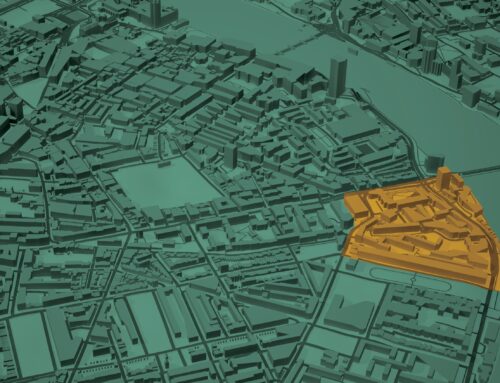Today, states will begin asking the Treasury Department to bless their chosen low-income community census tracts as Opportunity Zones. We anticipate that about half of the states will submit their zone nominations by the March 21st deadline, and half will opt for the 30-day extension to April 20th.
By early summer, the country’s map of economic development will be reshaped by roughly 8,700 census tracts equipped with a powerful new tool to catalyze growth after being relegated to the sidelines of American prosperity for too long. Designation as Opportunity Zones will make these communities eligible to receive tax-advantaged private investment thanks to a new bipartisan provision of the tax code, one of the most broadly-supported elements included in last December’s tax reform package.
What’s the scale of the “opportunity” here for the country’s new zones? Over $6 trillion.
When the Investing in Opportunity Act — the legislation that led to Opportunity Zones — was first introduced in Congress in 2016, EIG conducted an analysis of the Federal Reserve’s Survey of Consumer Finances and Financial Accounts of the United States data to calculate that U.S. households were sitting on $2.3 trillion in unrealized capital gains in stocks and funds alone at the end of 2015. Fast-forward to the end of 2017 — a stock market boom later — and that figure climbed to $3.8 trillion. If you include U.S. corporations, which we conservatively estimate held $2.3 trillion in unrealized capital gains on their books at the end of 2017, the pot of potential capital eligible for reinvestment in Opportunity Zones climbs to a total of $6.1 trillion.
If only a fraction of that $6 trillion flows into Opportunity Zones, this new provision will quickly become the largest federal community development initiative in memory.
As the year progresses, Treasury will release further guidance on how to set up Opportunity Funds, as well as other rules investors need to know to get started. Then, it will be up to investors and fund managers — venture and angel capital partnerships, private equity firms, investment banks, community development financial institutions, the philanthropic community, and other components of the financial sector — to set up investment vehicles and create the market for this exciting new asset class.
Whether it’s new and expanding businesses, affordable housing, infrastructure, energy, commercial developments, or just about anything else that creates productive economic activity, the Opportunity Zones program is flexible enough to support the diversity of needs and opportunities in urban, suburban, and rural zones across the country.
Such flexibility, combined with the scale of capital, means that this is the dawning of a new era in economic development and community investment.






